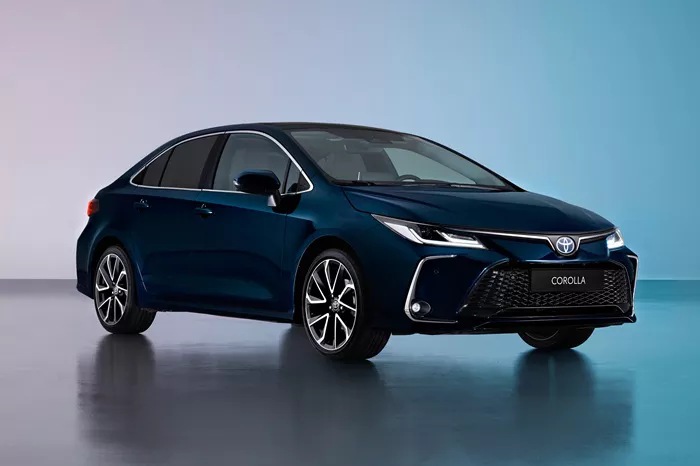Owning a luxury car often comes with high costs—both in purchase price and ongoing ownership expenses. However, luxury is also about exclusivity. A car loses its “luxury” status when it becomes too accessible. Although not a Rolls-Royce, the Lexus ES hybrid remains a more exclusive option compared to many other cars in its class.
In recent years, hybrids have gained popularity, and iSeeCars reports that hybrids offer some of the best resale values among new cars. Interestingly, while luxury vehicles often have poor resale values, the Lexus ES hybrid stands out. Despite being one of the priciest used car options in its category, it is now more affordable than a brand-new 2025 Toyota Corolla LE, which starts at $22,325. This raises an important question: Should you choose a new Corolla or opt for a used, mid-level luxury hybrid like the Lexus ES?
The Lexus ES hybrid, produced between 2013 and 2018, now costs less than a new Corolla. The sixth-generation ES, first released during Lexus’ design revival, transformed from a plain sedan to a stylish and engaging vehicle. The final year of this generation, the 2018 model, has an average used price of $22,835. This makes most 2013-2018 Lexus ES models more affordable than a brand-new Corolla LE.
While the Lexus ES may not be as refined or performance-focused as its German counterparts, it excels in reliability—a quality that European luxury brands struggle to match. The ES 300h, for instance, shares parts with the Toyota Camry, Highlander, and RAV4, making maintenance easier and more affordable. Thanks to Toyota’s experience with hybrid systems, the ES 300h offers exceptional reliability compared to competitors like the BMW 5 Series or Mercedes-Benz E-Class.
The sixth-generation Lexus ES also marked a major design shift, with the introduction of the Spindle Grille. This sleek design, combined with a sportier silhouette and shorter trunk lid, made the ES a more attractive and desirable vehicle. The 2016 facelift, which included new colors, wheels, and a more striking front-end design, also marked the beginning of U.S. production, though only the ES 350 was assembled in Kentucky. The hybrid model remained exclusively made in Japan.
Inside, the ES offered a redesigned interior, with a more horizontal dashboard layout and a calm, serene atmosphere. The ES 300h featured various trim and color options, and while some lower-grade materials were present, the cabin still exuded luxury. One notable downside was the Remote Touch Interface (RTI) system, which was less intuitive than many drivers would have preferred.
Though the focus here is on the ES 300h, it’s worth noting that there was another luxury hybrid sedan from Lexus, the GS 450h, which could also cost less than a Corolla LE, though fewer of these cars are available on the used market. The GS 450h, with its rear-wheel drive and powerful 3.5-liter V6 engine, was much sportier than the ES 300h. Despite a less refined e-CVT transmission, the GS offered strong performance and agility, especially in Sport mode. However, Lexus discontinued the GS lineup in 2020, with the GS 450h being phased out earlier in 2018.
In summary, while the Lexus ES 300h may not be as dynamic as the sportier GS, it offers a reliable, comfortable, and affordable alternative to the new Toyota Corolla LE. For those seeking a luxury hybrid with durability and practicality, the ES 300h may be the right choice.

